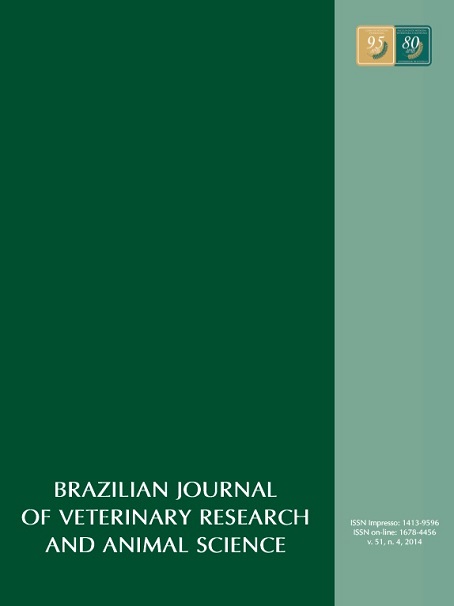Evaluation of welfare during transport and lairage through the occurrence of lesions in slaughtered pig carcasses
DOI:
https://doi.org/10.11606/issn.1678-4456.v51i4p333-339Keywords:
Animal welfare, Animal transport, Carcasses lesions, PigsAbstract
Animal welfare is the state of the animal in its attempts to cope with its environment, and it can be measured and improved by the action of man. Recently, the topic “Animal Welfare” has become more important, resulting from the discovery that the management of animals in life has impact on the post mortem meat quality. This study aimed to determine the effect of transport batch number of pigs transported by batch, type of route and the time elapsed between the exploration and slaughter in the occurrence of lesions, considered as indicators of animal welfare at the slaughterhouse. At one slaughterhouse of pigs located in the northern of Portugal, 834 animals were monitored in order to check the occurrence of lesions consistent with lacerations, erythema, bruising and fractures, from a total of five different transport batches. The global analysis of the data showed that lacerations were present in 72% of animals and was the most common type of lesion, followed by erythema, bruises and broken bones presented in 20%, 11% and 1% respectively. The size of each batch, the duration of the journey and the time spent in the lairage significantly influenced the occurrence of observed lesions, particularly, lacerations, erythema and bruising.
Downloads
Downloads
Published
Issue
Section
License
The journal content is authorized under the Creative Commons BY-NC-SA license (summary of the license: https://





